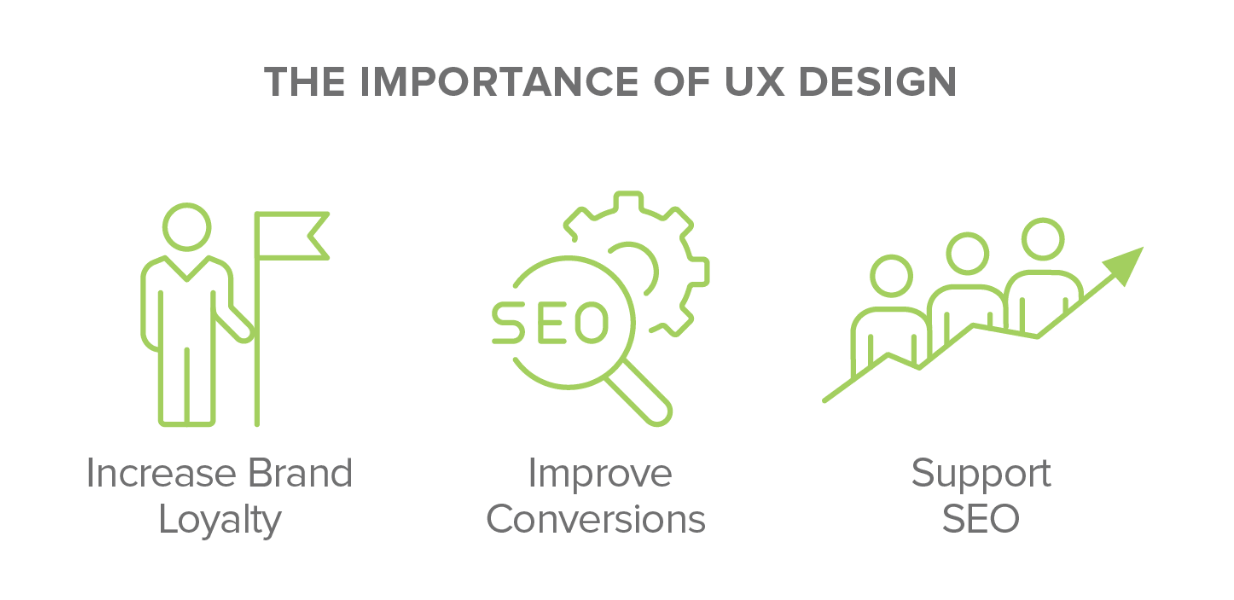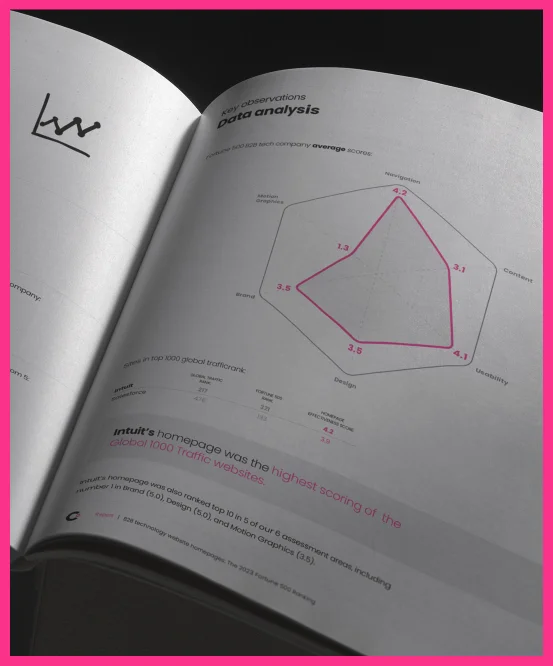Think about your favorite app or website. What features do you love about it? Is it easy to navigate? Can you complete purchases seamlessly? Is it a visually stimulating and entertaining experience?
Now consider the people that created that app or website. What was their goal?
Whatever the app or site’s core purpose, the team behind it followed a user experience design process. When you encounter a well-designed site, you’re looking at the well-executed work of UX designers. As experts in their field, they know exactly how to design websites that follow a UX process flow.
The UX design process focuses on the end user’s overall experience. It factors in their emotions, perceptions, and responses to a company’s service, system, or product.
UX includes criteria such as accessibility, convenience, and ease of use. The U.I design process has similar goals, with designers working hard to create easy-to-use, pleasurable interfaces.
A UX designer considers how easy it is for the user to complete desired tasks and how the overall experience makes the user feel.
What is UX Design?
UX design is often associated with digital products. However, you can apply the UX process to anything that users can experience — from a website to a vending machine to a trip to the mall.
The term ‘user experience’ refers to the interaction between a user and a product or service. User experience design (UX design) considers the factors that shape this user experience. Production design processes follow stringent UX design process steps. During this time, a UX designer considers how easy it is for the user to complete desired tasks and how the overall experience makes the user feel.
For example, when considering how to design a product page for an eCommerce website, the UX design process will consider how easy it is for a customer to complete a purchase. Alternatively, if you’re creating an online banking app, you’ll follow a UX product design process to make it easy for users to manage their money via the application.
The overall purpose of UX design is to create efficient, relevant, easy, and pleasant experiences for the end-user.
The Importance of UX Design
Implementing a great UX design process helps create a positive user experience by anticipating and fulfilling their needs. Additionally, well-executed UX design can:

Increase Brand Loyalty
Excellent UX design can help to increase brand loyalty, which is the core of any business. By following a user-centric UX design process and continuously fixing any bugs or issues, you can increase customer retention and ensure they become loyal followers of your brand.
Improve Conversions
If you launch a website with an incorrect UX build, your customers will not convert—no matter how amazing the product or service may be. The cost of rebuilding the UX could be devastating to your business.
Support SEO
Search engines use several factors to track user engagement, and UX design has a significant impact. UX design focuses on various elements, including:
- Mobile responsiveness
- Page speed or load time
- Creating and implementing a user-friendly URL structure
Stages of the UX Design Process
The UX design process typically follows these steps:
1.Understanding the Problem
Initially, UX design professionals gather information to reveal a clear picture of user pain points, goals, and anything hindering them from completing a task.
2.Conducting Research
Once the problems are defined, UX designers begin a meticulous research process. During this step, they define relevant user personas and journeys using surveys, interviews, and workshops.
3.Sketching and Prototyping
This stage involves mocking up a visual sketch of the proposed design solution. During this development stage, the UX team will test and evaluate several decision points and design prototypes to share with stakeholders.
4.Building the Design
Once the mockups are refined and approved, they are turned into wireframes with visual themes and styles.
Other primary assets built into the design step include:
- User Journey
- Product navigation
- Visual assets such as icons, illustrations, and images.
5.Implementation of the Design
During this stage of the UX design process, the technical team can start the development process while the design is being completed.
6.Validate Designs
Finally, the last version of the design is developed and put into production. During this stage, designers monitor how users interact with the finished product, if they reach their goals, and if not, why?
After this final stage, the UI/UX design process will restart if the website or product requires changes. This entire process continues for the lifecycle of a product.
Clear Digital Solutions
Our UX design agency works tirelessly alongside our clients to create seamless user experiences for apps, websites, and digital products. Our client-centric approach helps us to fully understand your goals, your customers, and your brand.
Please feel free to reach out regarding any UX design-related issues you may have. With over 20 years of experience creating impactful digital solutions and designs, we can deliver designs that successfully support your brand’s story and strategy.






